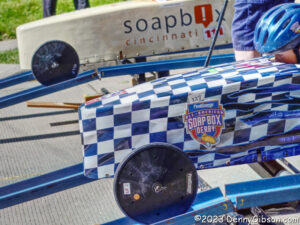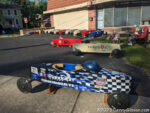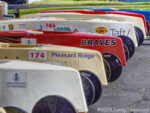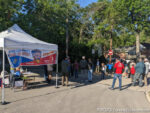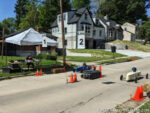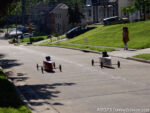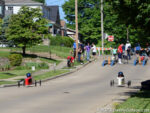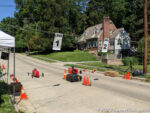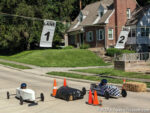There are twenty “Underrated Attractions in Cincinnati” identified in the CityBeat article that motivated me to visit the Lucky Cat Museum last week. With that museum visit, I could count thirteen of the twenty as things I have seen. There are a few more that I will probably get to before long and a couple of others that I have little interest in. I thought it highly unlikely that I would ever experience one listed attraction despite being interested in it very much. “Stricker’s Grove“, the article said, “is closed to the public…”. It could be rented for private events but, unless I could get myself invited to somebody’s company picnic, it seemed I was out of luck.
Then, barely a week after the CityBeat article appeared, I saw another article announcing that the park would be open to the public on July 4th. I had, I now realized, stopped reading that opening sentence too soon. “Stricker’s Grove is closed to the public for most of the year”, is what it really said. It is actually open to all on a handful of days each year and Independence Day is one of them.
But the amusement park next to cornfields and a two-lane state highway would not open until 2:00 o’clock. I filled the morning and put myself in the general area by attending the Fourth of July parade in Hamilton, Ohio.
This parade was significantly different from the only other parade I recall attending in Hamilton. That was the Short, Sweet, Wet, and Irish inaugural Saint Patrick’s Day parade held earlier this year. That parade had just one fire engine and, with a route length of approximately 575 feet, barely had room for it. This parade route was well over two miles long with several fire department vehicles including a couple of real classics.
The Corvettes and firetrucks did not surprise me but the low riders did. And it wasn’t just one or two. The number of these incredibly tricked-out cars rivaled the number of Corvettes and they jumped higher, too.
I was also surprised by this group’s presence. They had already passed me when the word “militia” caught my eye. I snapped this belated photo then looked up The Last Militia at the end of the day. They describe themselves as “a preparedness organization that focuses on the needs of families during times of strife” and dispute their classification as an antigovernment movement by the Southern Poverty Law Center. Their camouflage-patterned vests display the motto, Molṑn Labé. Greek for “Come and take them”, the phrase is often considered an expression of defiance but in this case is probably just an invitation to avail oneself of some of the bottled water pictured on their website.
I had no trouble Identifying the hot air balloon burner and gondola in the bed of this truck but sorting out the headgear took a bit longer. Only when I saw the Hops in the Hangar sign did I realize they are foam-topped beer mugs.
Getting inside the structure behind the four-foot flame was a bonus. I am fairly familiar with the Butler County Soldiers, Sailors and Pioneers Monument from the outside but had never been inside. It is even more impressive than I anticipated. Built on the site of the original Fort Hamilton, it honors all county residents who served in wars fought before its construction in 1902. Non-military pioneers are also recognized on the second floor. Original stained glass copies of the seals of the State of Ohio and the Grand Army of the Republic are opposite each other on the first floor.
Even larger stained glass windows on the second floor honor Civil War nurses and mothers. A clear glass window provides a wonderful view of the Great Miami River.
This is the place the day was organized around. Stricker’s Grove opened at 2:00 with the rides beginning at 3:00. Admission is free. Parking is $5. The pictured pavilion filled with picnic tables is just inside the park. There are also lots of tables outside the pavilion. Picnicking is not just tolerated; it is encouraged. The one-hour lag between opening and the rides firing up might actually be part of that encouragement. Reasonably priced food is available for anyone not packing a cooler at home. I had actually started the day thinking of a place to eat but when I learned of the parade I had just enough time to drive directly there. I now had time for breakfast — mett $4, chips $1, pink lemonade $2. Hotdogs were available for $2 and a 14 once draft beer for $4.
Eating was not the only thing available for filling in that rideless hour. A couple of Skee Ball areas and a large arcade filled with video games and pinball machines were in full swing as were other games of skill.
The rides had been operating for a while by the time I made it to the midway and purchased tickets. The best deal was clearly the $20 armband that let you ride anything all day. Single tickets were $2.50 or 5 for $10 or 20 for $25. That last option only makes sense if the tickets were to be shared by multiple riders. The only thing I really cared about riding was the Tornado roller coaster which was one of the very few rides, or possibly the only ride, that required three tickets. $7.50 seemed like a lot for one ride so I went for the five-ticket deal which made it seem like a bargain. It was then that I saw the coaster in motion for the first time ever but I decided not to get in the line just yet.
I had already decided to start off with a ride on the train (1 ticket) thinking it might give me a better feel for the park layout. Disappointingly, it did not go through the park but around its periphery of which corn and the Great Miami River are major components. It did give me a different view of the Tornado, however.
With the train ride behind me, it was time to join the queue at the Tornado. Reportedly there has been only one man in the United States to build his own roller coaster That man was Ralph Stricker and this is that coaster. Al Collins designed it and Stricker built it between November 1990, and June 1993.
The line was fairly long but it moved with reasonable speed. I used to ride roller coasters quite a bit but it has been a while. It felt good to climb into the car and start through that first slow curve past that corn. Being “homemade” and all, I kind of expected this to be a little wimpy. Not so. It was a good ride and all the coaster this old man needed. Nicely done Ralph and Al.
I used my one remaining ticket on another ride with a view. The extra fallout protection blocked the view to some degree but I could still see the corn and some people seem to always find a way to live life on the edge.
I submit these pictures not as examples of good fireworks photography but as evidence that I did expose myself to Independence Day pyrotechnics as required of all U.S. citizens. Fireworks were scheduled at Stricker’s Grove but I left long before that happened. I watched these from the parking lot across from King’s Island. Note that I live close enough to the park to hear these every night. The structure at the right edge of the first photo is the Drop Tower which I assume was closed during the fireworks.
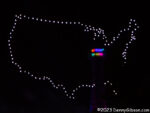
 The show also included the synchronized drones that the park introduced during last year’s 50th-anniversary celebration. I reported on my first viewing of them here. Formations not shown here included the Liberty Bell, the Statue of Liberty, and more. A good con man might be able to convince you that the lights in the middle of the map are there to mark King’s Island’s location but they are really lights on the replica Eiffel Tower standing between the camera and the drones.
The show also included the synchronized drones that the park introduced during last year’s 50th-anniversary celebration. I reported on my first viewing of them here. Formations not shown here included the Liberty Bell, the Statue of Liberty, and more. A good con man might be able to convince you that the lights in the middle of the map are there to mark King’s Island’s location but they are really lights on the replica Eiffel Tower standing between the camera and the drones.

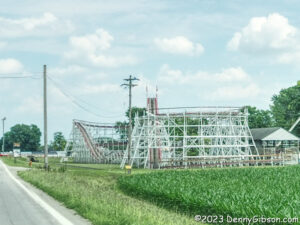
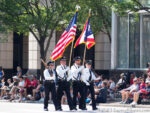

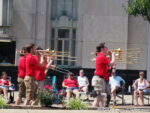

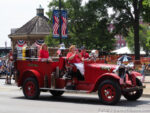
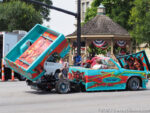
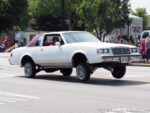
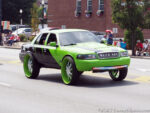
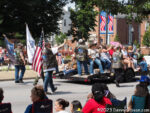



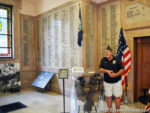
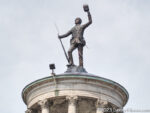
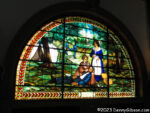
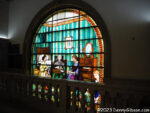
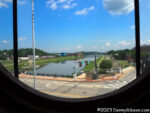
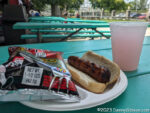

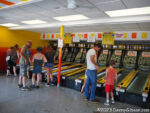

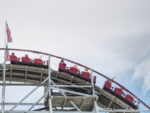

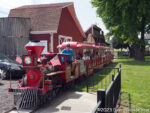



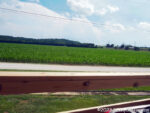


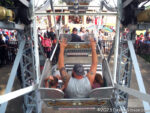

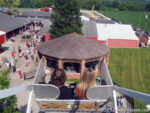

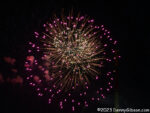
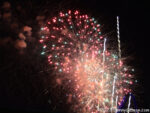




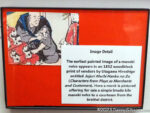

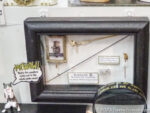
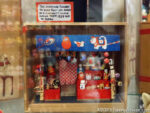







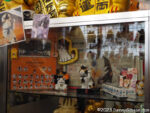



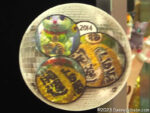
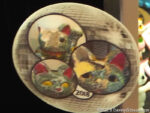
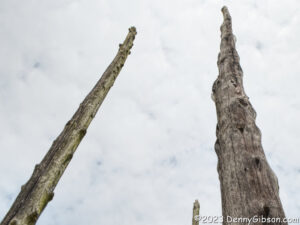
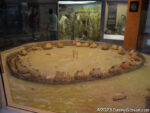
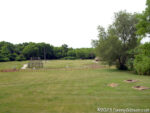
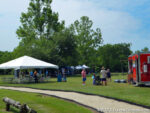
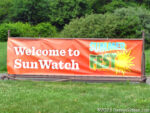
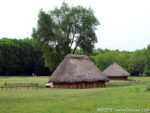
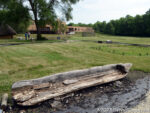
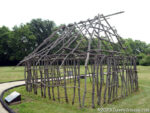
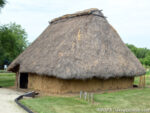
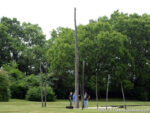
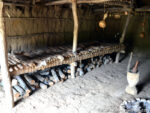

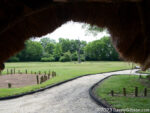
 In the prologue of Philippines, Palau, and Guam, Matt Cohen says he considered but discarded the idea of organizing the book along the lines of the Philipines’ four ‘B’s — basketball, beauty contests, boxing, and beaches. I guess that was on my mind as I scanned it for the first time and found myself registering three ‘C’s — color, culture, and composition.
In the prologue of Philippines, Palau, and Guam, Matt Cohen says he considered but discarded the idea of organizing the book along the lines of the Philipines’ four ‘B’s — basketball, beauty contests, boxing, and beaches. I guess that was on my mind as I scanned it for the first time and found myself registering three ‘C’s — color, culture, and composition.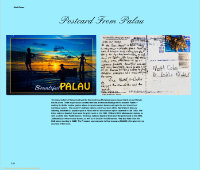
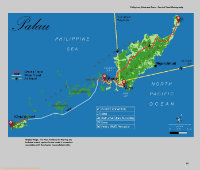 Although it is not presented as such, the book really is a travelogue of sorts. Most if not all of the travel photos were taken during a single extended trip taken by the author and his wife in early 2023. After deciding not to use the four ‘B’s as organizing tools, Cohen went with a fairly straightforward geographical organization. The Philippines gets three chapters covering the three areas where they spent the most time. These are Manila, North Luzon, and Cebu/Bohol. Palau and Guam each get their own chapter. Each chapter begins with an actual postcard that the Cohens mailed to themselves from the region covered by the chapter accompanied by a brief description of the region. A map, with locations of interest marked, follows.
Although it is not presented as such, the book really is a travelogue of sorts. Most if not all of the travel photos were taken during a single extended trip taken by the author and his wife in early 2023. After deciding not to use the four ‘B’s as organizing tools, Cohen went with a fairly straightforward geographical organization. The Philippines gets three chapters covering the three areas where they spent the most time. These are Manila, North Luzon, and Cebu/Bohol. Palau and Guam each get their own chapter. Each chapter begins with an actual postcard that the Cohens mailed to themselves from the region covered by the chapter accompanied by a brief description of the region. A map, with locations of interest marked, follows. The chapters are then filled with pictures of people, places, and things accompanied by text ranging from a few words to a few paragraphs. Most questions I had when first encountering a photo were answered in nearby text. The places pictured range from mountains to markets. Things range from colorful new balloons offered for sale to an abandoned Japanese tank slowly being claimed by foliage. People include unnamed workers, islanders in native dress, a mayor, a governor, a president, and a would-be bride left at the altar.
The chapters are then filled with pictures of people, places, and things accompanied by text ranging from a few words to a few paragraphs. Most questions I had when first encountering a photo were answered in nearby text. The places pictured range from mountains to markets. Things range from colorful new balloons offered for sale to an abandoned Japanese tank slowly being claimed by foliage. People include unnamed workers, islanders in native dress, a mayor, a governor, a president, and a would-be bride left at the altar.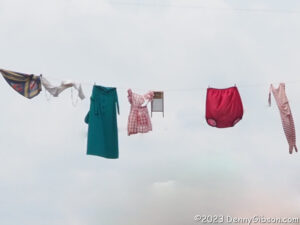
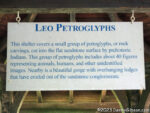
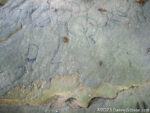
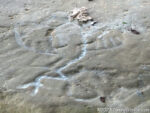
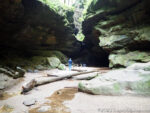
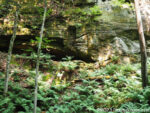
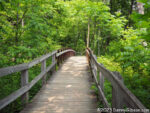
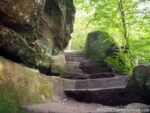


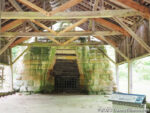
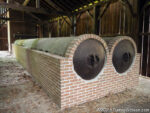

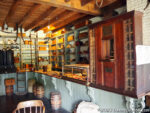



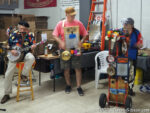
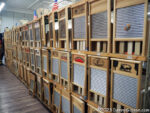
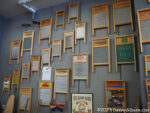
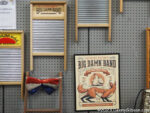
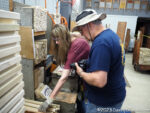


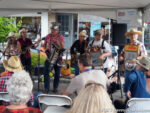
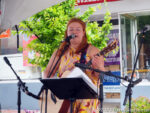
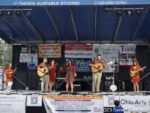
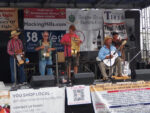
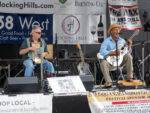
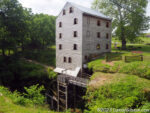
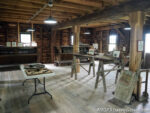
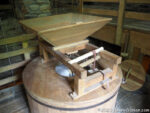
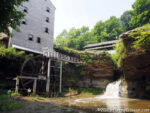
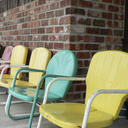


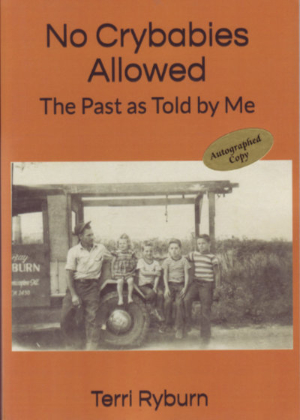 I know Terri Ryburn as the owner of historic Sprague’s Super Service in Normal, Illinois, and as a key ingredient in the Miles of Possibility Route 66 Conferences. I know the picture on the cover of the book from a copy hanging on the wall of the former gas station that Ryburn has turned into a Route 66 information center, gift shop, and photo op. I knew that was Terri seated on the fender with her dad and older brothers standing beside her because she told me when I spotted the photo on the wall. She may have told me that the photo contained only half of her total family but if she did I forgot. From reading No Crybabies Allowed I learned (or maybe relearned) that, while Terri was the youngest family member in this particular photo, she would be in the elder half of eight children after two more brothers and two sisters came along. None were crybabies.
I know Terri Ryburn as the owner of historic Sprague’s Super Service in Normal, Illinois, and as a key ingredient in the Miles of Possibility Route 66 Conferences. I know the picture on the cover of the book from a copy hanging on the wall of the former gas station that Ryburn has turned into a Route 66 information center, gift shop, and photo op. I knew that was Terri seated on the fender with her dad and older brothers standing beside her because she told me when I spotted the photo on the wall. She may have told me that the photo contained only half of her total family but if she did I forgot. From reading No Crybabies Allowed I learned (or maybe relearned) that, while Terri was the youngest family member in this particular photo, she would be in the elder half of eight children after two more brothers and two sisters came along. None were crybabies.